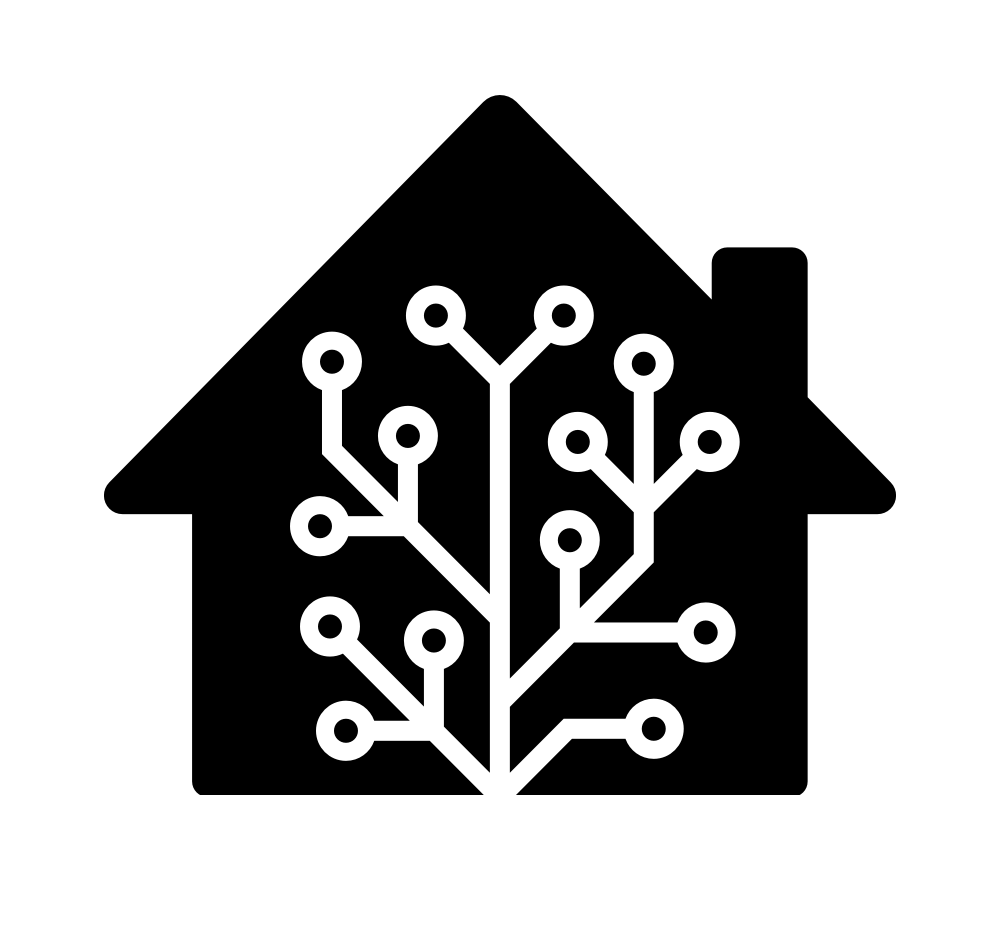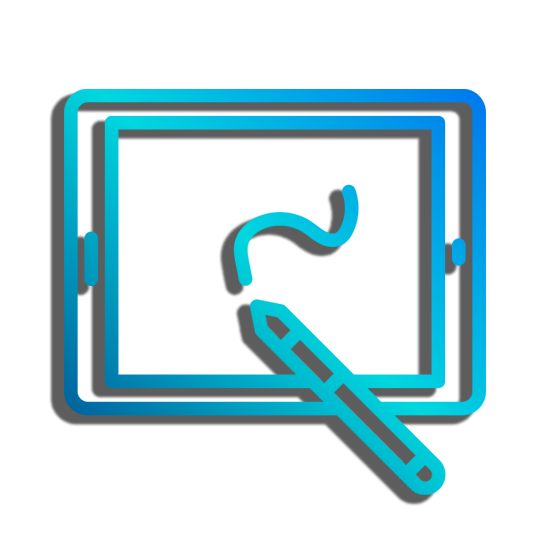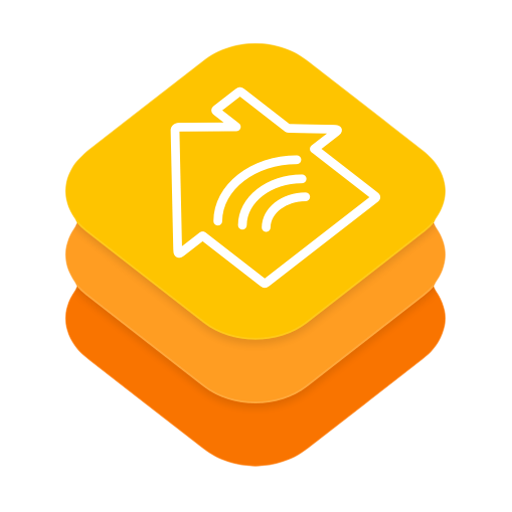- 40 Posts
- 86 Comments

 3·9 days ago
3·9 days agoNo just the phone while walking around the setup at different distances

 5·9 days ago
5·9 days agoAustria :)
More details on Telescopius: https://telescopius.com/pictures/view/231589/deep_sky/ic-1378/elephant-s-trunk/by-maxi_franzi

 15·2 months ago
15·2 months agoThank you for your work.
As far as I understand it one of the big advantages is that every viewer simultaneously provides its download data for others to stream (peering). With this approach server capacity can be reduced but I wonder how well this works (If I even understood it correctly).
With this system could it be possible to host videos on an own server without having to pay huge sever costs?
Also what is a nice website to search through all videos, similar to the front page of YouTube?
Ha thanks!

 3·2 months ago
3·2 months agoNice!!

 1·2 months ago
1·2 months agoThank you!

 2·2 months ago
2·2 months agoFull resolution and more details: https://telescopius.com/pictures/view/226214/deep_sky/ngc-3063/bode-s-and-cigar-galaxy/by-maxi_franzi

 2·7 months ago
2·7 months agoAbsolutely stunning image! Thanks for sharing

 3·8 months ago
3·8 months agoAlso we were quite surprised how bright the nebula is. We didn’t thought to get that much signal with 15min exposure time. Even more so as our camera is not infrared modified.

 1·9 months ago
1·9 months agoInteresting, how much power does the laser have to need to be able to burn the paint?

 2·9 months ago
2·9 months agoHaha, the board won‘t win any prices for sure. But for a first try I‘m still very happy.

 6·9 months ago
6·9 months agoYes exactly. It checks the weather forecast however so it doesn’t water when it‘s raining. This way I don’t have to refill the canister too often. A better way would be to attach moisture sensors to the plants, but I don’t like having to change batteries constantly. This is a very simple solution but it works for me.

 7·9 months ago
7·9 months agoI just printed the design on a glossy paper and used an iron to transfer the toner from the paper onto the pcb (last image). The toner protects the underlying copper in the etching process, so only the free copper gets etched away. I used Na2S2O8 for etching.

 4·9 months ago
4·9 months agoYes UV is so much nicer, I also use this method now when I‘m not ordering online.
Ah ok, so I assumed you registered all your light frames onto your stars as your stars look very sharp. And that’s the normal way for every astro image you would normally do. A comet however moves so fast that its position changes even in the short time frame were you took the images.
So after registering all the images with the stars pattern you want to make a second registration were you mark the position of the comet on the first frame and on the last frame. With that now all images are aligned onto the comet and now the stars appear to move in the background. As your stars look so sharp I assumed you didn’t make the second registration. In DSS there is a comet mode for that but I haven’t worked with that so I can’t tell you about the workflow with that program.
Hope that helped in any way!
I do not have much experience with DSS, as far as I know the result should be very similar. „Lights“ is the term for a single exposure. The technique is basically the same no matter which software you use.
But if you have Siril specific questions feel free to drop any questions :)
It‘s hard to tell from your image, bit it appears you can even get a bit more details if you register your lights onto the comet itself and then stack all the images. I used Siril for the two step registration process.
But nice image nonetheless!




Sadly my lens has not perfect back focus, since I‘m using a system camera there is nothing I can change about that. The effect is a little bit compensated with using BlurXTerminator.
The image is cropped a quite a bit, the aspect ratio is still 4:3 however.